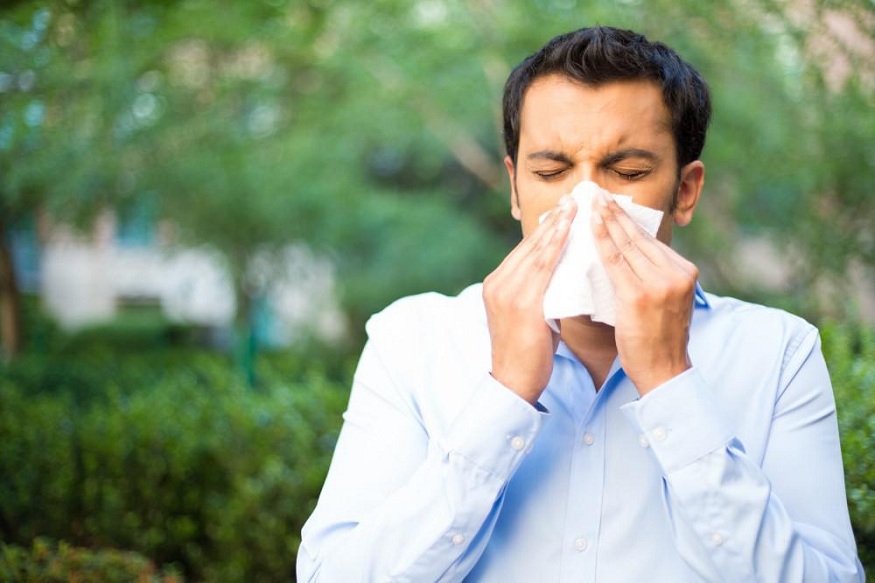Benadryl Dosing for Kids: Safely Relieving Allergies and Beyond

Benadryl, the brand name for diphenhydramine, is a commonly used antihistamine that provides relief from various allergic reactions, itching, and discomfort. As a parent or caregiver, it is crucial to know how to administer this medication safely and effectively to children. In this article, we will explore the appropriate dosing guidelines for kids, potential side effects, and when it is appropriate to use Benadryl for children.
What is Benadryl?
Before delving into the dosing specifics, it’s essential to understand what Benadryl is and how it works. Benadryl is an antihistamine that helps alleviate symptoms caused by histamine release in the body during an allergic reaction. It can provide relief from sneezing, runny nose, itchy or watery eyes, and skin itching or rashes. However, it is essential to remember that Benadryl only treats the symptoms and does not address the underlying cause of the allergy.
Here is the Benadryl Dosing Chart
Benadryl Dosing for Children
Determining the right dosage of Benadryl for children is crucial for ensuring their safety and effective symptom relief. The appropriate dose depends on the child’s age and weight. Always consult a pediatrician or healthcare professional before administering any medication to children.
a. Infants (under 2 years):
Children under the age of 2 should not be given Benadryl without specific instructions from a healthcare professional. Dosages for infants can vary significantly based on weight and individual health considerations. It is crucial to seek guidance from a pediatrician.
b. Toddlers (2 to 5 years):
For children aged 2 to 5 years, the recommended dosage is typically 1.25 to 5 mg of Benadryl every 4 to 6 hours, as needed. Again, the precise dosage should be determined by the child’s weight and doctor’s advice.
c. Children (6 to 12 years):
Children between the ages of 6 and 12 can usually take 5 to 25 mg of Benadryl every 4 to 6 hours, as needed, based on their weight and medical guidance.
Safety Precautions and Side Effects
While Benadryl can be beneficial in relieving allergy symptoms, it is essential to follow certain safety precautions to avoid potential risks and side effects:
Always follow the dosing instructions provided by a healthcare professional or the medication label. Never exceed the recommended dosage.
Monitor your child’s response to Benadryl closely. If symptoms persist or worsen, seek immediate medical attention.
Some children may experience side effects like drowsiness, dizziness, dry mouth, or upset stomach. If these effects are severe or persistent, consult a healthcare professional.
Avoid giving Benadryl to a child who has experienced adverse reactions to it in the past.
Do not administer Benadryl simultaneously with other medications without consulting a healthcare professional.
When to Use Benadryl for Children
Benadryl should only be used when necessary, particularly for allergic reactions or severe itching that significantly affects the child’s comfort and well-being. Always try non-medical interventions first, such as avoiding known allergens or irritants, maintaining a clean environment, and using hypoallergenic products.
If you are uncertain about using Benadryl for your child, contact a pediatrician who can provide personalized guidance based on your child’s medical history and current health condition.
Conclusion
Benadryl can be a valuable tool for managing allergic reactions and providing relief from various discomforts in children. However, it should be used cautiously, following proper dosing guidelines and with the advice of a healthcare professional. Understanding when and how to use Benadryl can ensure that your child receives the relief they need while keeping their safety as the top priority. Always consult a pediatrician for personalized advice and to address any concerns regarding your child’s health.




